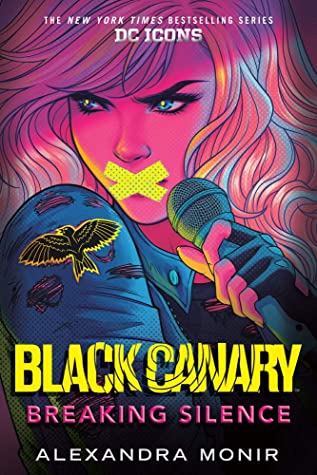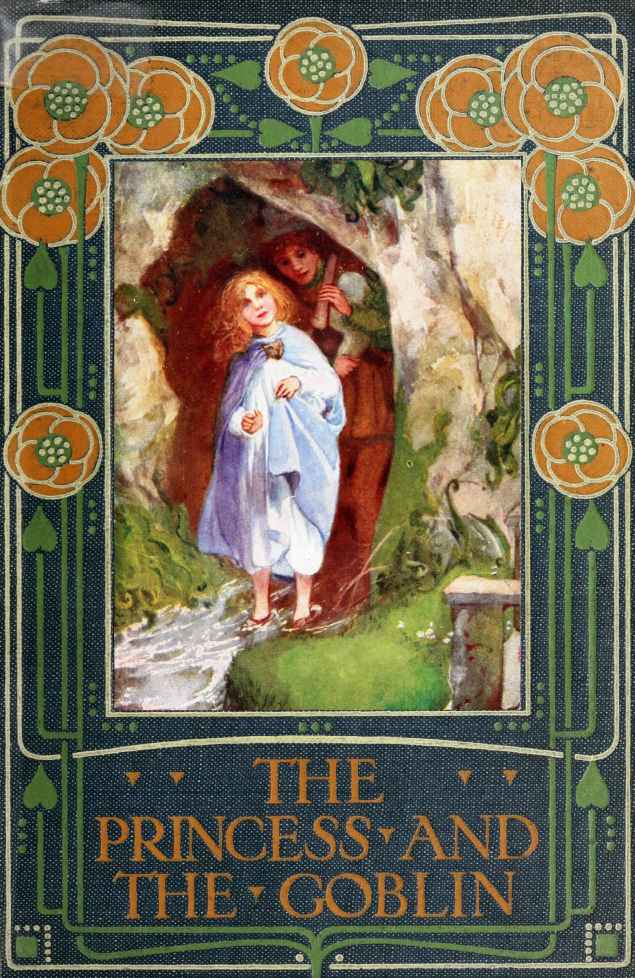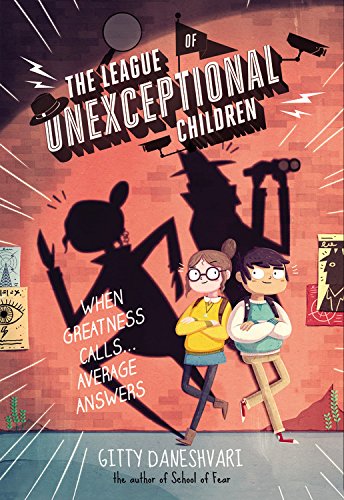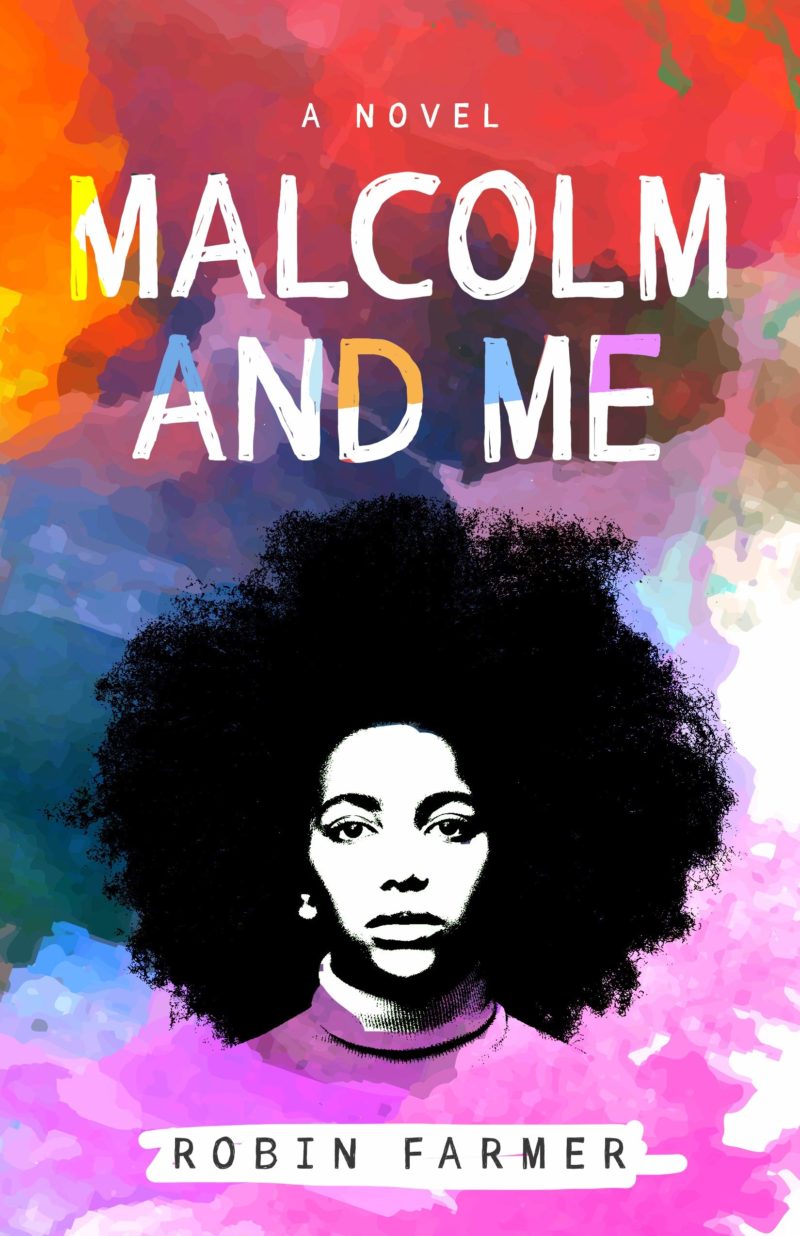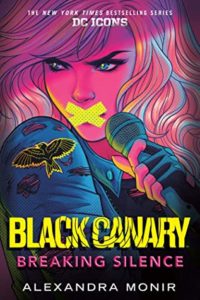 Maybe Black Canary isn’t the first name that springs to mind when thinking about superheroes, but if this new story is any indication, she certainly deserves to be up there with the best of them! Black Canary: Breaking Silence, by Alexandra Monir, is the fifth entry in the DC Icons collection, though it can certainly be read as a standalone novel and without prior knowledge of the DC Universe. As a coming-of-age adventure crossed with a superhero origin story and dystopian fiction, it’s a quick, interesting read – one I certainly wish I’d had available as a young adult!
Maybe Black Canary isn’t the first name that springs to mind when thinking about superheroes, but if this new story is any indication, she certainly deserves to be up there with the best of them! Black Canary: Breaking Silence, by Alexandra Monir, is the fifth entry in the DC Icons collection, though it can certainly be read as a standalone novel and without prior knowledge of the DC Universe. As a coming-of-age adventure crossed with a superhero origin story and dystopian fiction, it’s a quick, interesting read – one I certainly wish I’d had available as a young adult!
Black Canary: Breaking Silence is set in near-future Gotham City, a bleak place ruled by the villainous Court of Owls, where women have no rights and no voice (literally) since poison gas has removed all women’s ability to sing. Dinah Lance, who longs for freedom and for her voice to be heard, chafes against Gotham City’s harsh restrictions and finds out that she – and her deceased mother – are something more than what their world wants them to be. Balancing high school and her fight against an unjust government is tricky, but Dinah receives some extraordinary help that allows her to achieve some extraordinary things herself.
While the superhero origin story seems a bit predictable in places, as a coming-of-age novel, this book is just what the genre needs. Dinah is realistic, relatable, and likable as a heroine, and despite her inhuman powers, she’s one of the most human characters I’ve read in a YA novel in a long time. The story doesn’t shy away from topics like corruption, consent, oppression, and toxic masculinity, but it never feels preachy. I’m impressed by the balance there, as well as by how the characters are allowed to feel relevant frustration and how we as readers get to see real consequences of actions (something that tends to be lost when talking about social justice in the abstract and is also often absent from superhero media in general). Several times throughout the book, I stopped to hope that many people will read and enjoy this – not only those who will feel seen and represented by Dinah but also those who need to be shown experiences that may not affect them but are all too real for so many others around them in the world today.
Plotwise, the story isn’t full of shocking twists and turns, but that doesn’t mean it isn’t compelling. The romantic storyline (would it be a YA novel without one?) is well done and mostly takes a backseat to the rest of the plot, which I greatly appreciate. Any more romance would have felt forced, but this really does read like a teenager who has a lot more important things to think about and yet occasionally has those weird little feelings for a peer that she’s not quite sure what to do with. The action sequences – almost always more challenging on a page than on a screen – are easy to follow and a credit to Monir’s writing. Admittedly, there’s a “betrayal” that I feel is easy to see coming a mile away, and this deflates the climactic final conflict a bit, but there are so many other cool things happening at that point in the narrative that it’s only a minor disappointment.
The reading experience will undoubtedly be different for everyone depending on their experience with the DC Universe characters. While I’m not deeply entrenched in the background lore of DC comics and probably missed several Easter eggs, I did recognize many names, which gave me a clue as to what to expect from a character or situation. The world is explained well enough for anyone unfamiliar with DC while not overloaded with exposition, making this a great story for everyone from die-hard fans to newly interested parties who don’t know who Batman is.
For anyone with a few hours, this is a fun, one-sitting read. It has certainly made me curious to look at the rest of the DC Icons collection! If superhero books are your thing, be sure to check out this one – it’s available now.
A copy of this book was provided by the publisher, Random House, for review.

